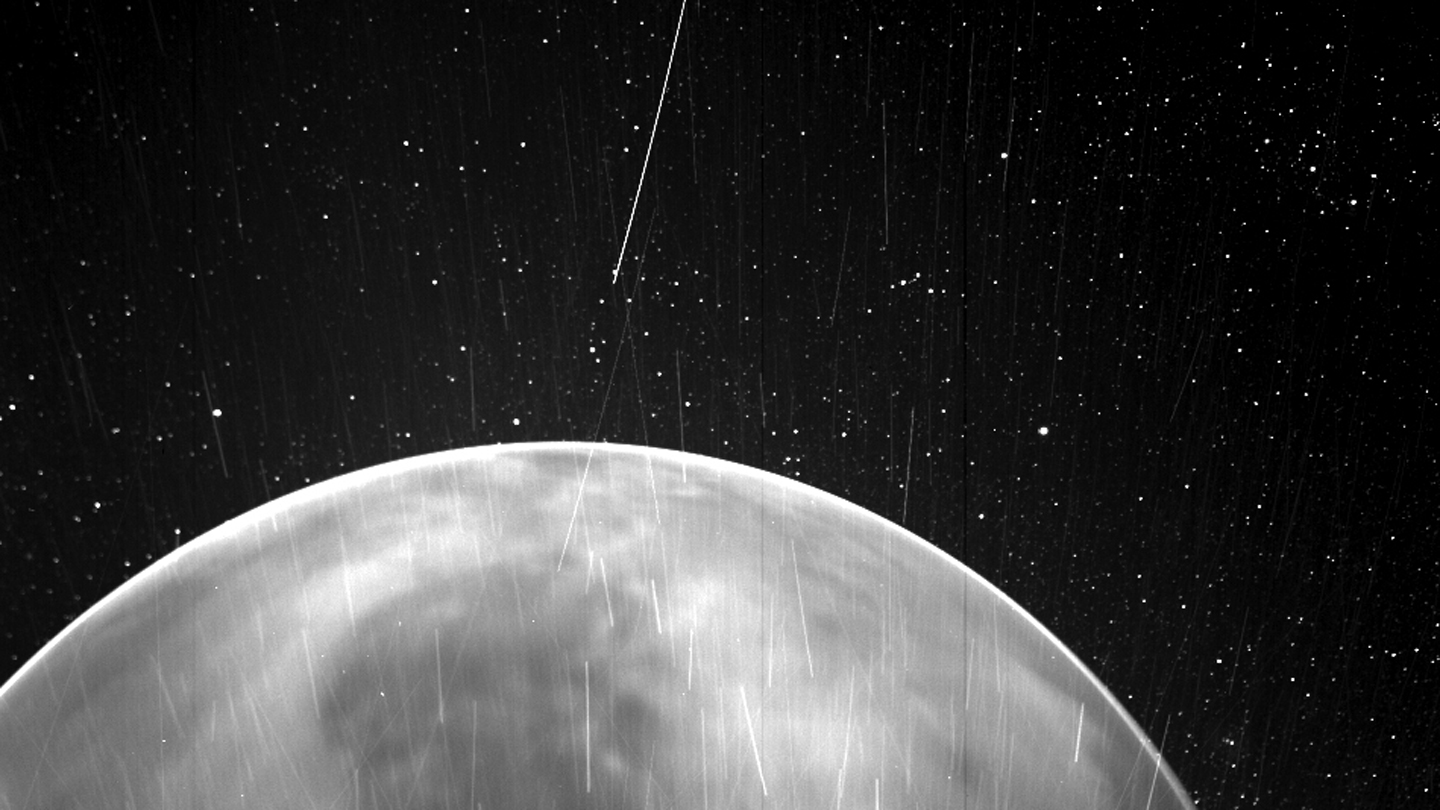By serendipity, scientists have photographed Venus’ surface from space for the first time.
Though the planet’s rocky body is concealed beneath a thick veil of clouds, telescopes aboard NASA’s Parker Solar Probe managed to capture the first visible-light images of the surface taken from space, researchers report in the Feb. 16 Geophysical Research Letters.
“We’ve never actually seen the surface through the clouds at these wavelengths before,” said Lori Glaze, Director of NASA’s Planetary Science Division, on February 10 during a live broadcast on Twitter.
Though the Parker Solar Probe was built to study the sun, it must make regular flybys of Venus. The planet’s gravity tugs on the probe, tightening its orbit and bringing it closer to the sun (SN: 1/15/21). Those assists from Venus helped the spacecraft make headlines when it became the first probe to enter the sun’s atmosphere (SN: 12/15/21).
It was during two such flybys in July 2020 and February 2021 that the probe’s WISPR telescopes captured the new images. While WISPR found Venus’ dayside too bright to image, it was able to discern large-scale surface features, such as the vast highland region called Aphrodite Terra, through the clouds on the nightside.
Clouds tend to scatter and absorb light. But some wavelengths of light get through, depending on the clouds’ chemical makeup, says Paul Byrne, a planetary scientist at Washington University in St. Louis who was not involved in the study.
Though scientists knew such spectral windows exist in Venus’ thick clouds of sulfuric acid, the researchers didn’t expect light visible to human eyes would break through so intensely. And while WISPR was designed to study the sun’s atmosphere, its construction also happens to allow it to detect this unanticipated window of light in Venus’ clouds. “It’s fortuitous that they happened to have an instrument that could see through the clouds,” Byrne says.
The photographs show a planet so hot that it glows, much like red-hot iron, said Brian Wood, an astrophysicist at the U.S. Naval Research Laboratory in Washington, D.C., and a coauthor of the paper, during the social media event.
“The pattern of bright and dark that you see is basically a temperature map,” he said — brighter regions are hotter and darker regions are cooler. This pattern correlates well with topographic maps previously produced from radar and infrared surveys. Highlands appear dark and lowlands appear bright, Wood said.
The images come as NASA prepares to launch two missions to Venus (SN: 6/2/21). The new photographs, Wood said, “may help in the interpretation of the observations taken in the future from these new missions.”
For all the latest Technology News Click Here
For the latest news and updates, follow us on Google News.


